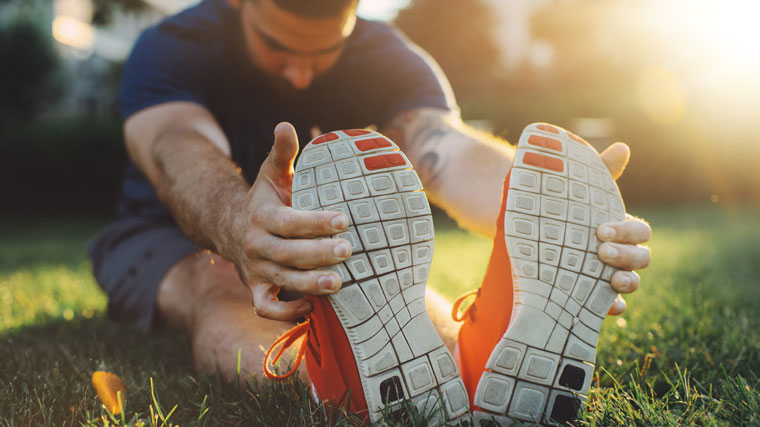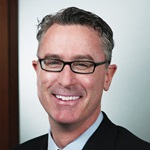Spinal Stenosis Growing Health Issue As Baby Boomers Age

Answer a few questions and we'll provide you with a list of primary care providers that best fit your needs.
The number of Americans with spinal stenosis in the lumbar area of the spine, the lower back, is expected to grow as Baby Boomers age, according to the American Academy of Orthopaedic Surgeons (AAOS). It was estimated that 2.4 million Americans would be affected by lumbar spinal stenosis by 2021, the AAOS said.
The spine – which consists of 33 bones, or vertebrae, in the back – is an incredibly useful machine, enabling you to stand, walk, and carry out daily tasks. However, the spine stops being a tool and becomes a hindrance when spinal stenosis occurs. Spinal stenosis is caused by a narrowing of the spinal canal, joints and bones surrounding the spinal cord and nerve roots. The condition causes pain and functional impairment.
Spinal stenosis can occur at any point on a person’s spine, but the most common areas are the cervical (upper) and lumbar (lower) areas of the spine.
Many Americans are born with spinal stenosis, but the majority will get it as a natural part of the aging process. You are at the greatest risk of developing spinal stenosis after age 50. Those who do acquire the condition experience a significant change in their quality of life, said Michael Verdon, DO.
“Symptoms can cause someone to find it difficult to write or walk for a long period of time,” he adds. “For example, some individuals may have to grab a shopping cart to lean on when they go into a supermarket.”
Onset Of Disorder Is Slow
The development of spinal stenosis is typically a very slow process, which is why many individuals do not notice its effect until months later, Dr. Verdon says.
“The symptoms can be so subtle that the patients typically don’t see themselves being limited,” he explains. “They tend to limit themselves because of the pain, but not until later do they realize their functional activities have decreased. Over time, they have stopped doing their normal activities such as going to church or the supermarket.”
Dr. Verdon said spinal stenosis can be treated in three ways:
- First, a conservative approach, involving physical therapy and chiropractic manipulation
- Second, more invasive therapies such as spinal injections and epidural steroids
- Third, surgery, where a surgeon opens the areas where the spinal cord and nerve roots are being compressed. This is done by taking away bone or ligaments or widening the spinal canal to allow the nerves and spinal cord to move freely.
The most common symptoms of spinal stenosis include:
- Pain in the neck and back
- Numbness, weakness, cramping, or pain in the arms, legs, feet, or buttocks
A serious form of spinal stenosis, cauda equina syndrome, places pressure on the nerves in the lower back resulting in additional – and life-altering – symptoms such as loss of control of the bowel or bladder and problems having intercourse.
Treating the Symptoms Of Spinal Stenosis
There is no cure for spinal stenosis, but there are steps individuals can take to lessen symptoms and feel better:
Get moving. Make regular exercise a priority by scheduling it at least three times a week for 30 minutes. Begin slowly with flexion-based (forward-bending) exercises. Graduate to walking or swimming when the body becomes stronger and is at a place where it can handle more.
Re-evaluate daily activity. Make wise choices about activities that require back strength. Don’t do anything that can trigger or worsen pain or cause disability such as lifting heavy objects or walking long distances.
Consult your physician. Partner with a physician as early as possible. Discuss options for treatment such as medication or alternative therapies such as acupuncture or massage therapy that may help lessen the pain.
Explore non-surgical options. Look for ways to lessen the pain before considering surgery. This is an option except for rare cases when pain, weakness, and numbness come on quickly.
Answer a few questions and we'll provide you with a list of primary care providers that best fit your needs.
Sources: Michael Verdon, DO, Dayton Neurological Associates; American Academy of Orthopaedic Surgeons; National Institute of Arthritis and Musculoskeletal and Skin Diseases; American College of Rheumatology





